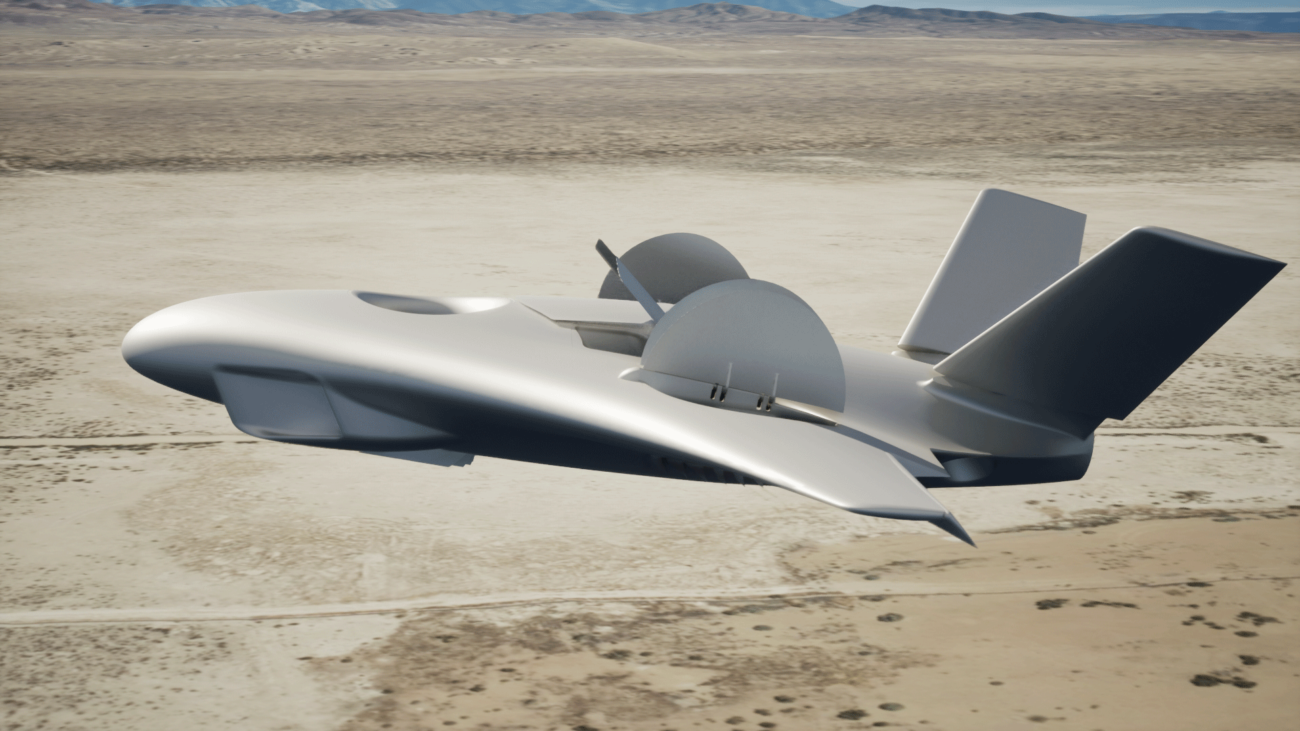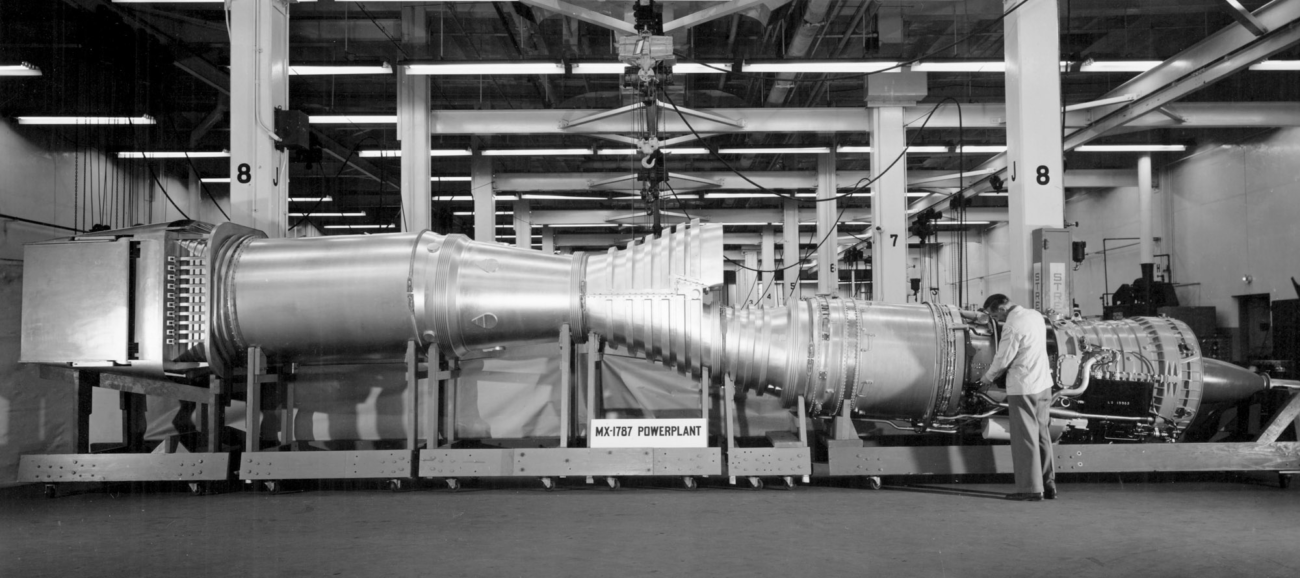DARPA needs to think more about mission engineering if it wants projects to succeed
The Defense Advanced Research Projects Agency (DARPA) is full of very smart people united by a good intention: to find and enable technological breakthroughs that provide the U.S. and its allies with a defense advantage. That’s why it’s more than a bit annoying when it doesn’t seem to know what it’s doing. Which seems to be the case on four current programs.
I previously wrote a bit about LibertyLifter and raised some concerns as to whether the people involved truly understood that wing-in-ground-effect (WIG) vehicles had some issues that tended at best to offset their theoretical advantages. I suggested that “avoiding wave slap means flying higher with less ground-effect benefit and… hey, if we fly above 10,000 feet all the time we could save a lot of weight. We could call it a.. a seaplane.”
Well, guess what. The people who brought the idea to DARPA, naval architects MAPC, who teamed for the second phase pf LibertyLifter with General Atomics – ASI, have been eliminated along with their original twin-hulled monster of a design. The remaining contractor is Boeing’s Aurora Flight Sciences, who started with a scaled-down version of the amazing early-2000s Pelican project. And they have now taken the crank out of the wing so it looks much like a seaplane, not far off the size of the 1950s Saro SR.45 Princess.

The lesson here is that some DARPA projects happen because someone with non-extensive knowledge comes up with an idea, sells it a potential customer (in this case, I believe, some people at Quantico) and offers it as a package to DARPA, and in the process nobody asks whether this solution (an ekranoplan) is the right approach to the customer’s need (fast amphibious logistics).
Next, SPRINT. For a concise analysis of the implications of the requirement for this special-ops oriented project, one turns to Johann Wolfgang von Goethe, who in a light moment between suicide and philosophy put a small ad into verse.

“Wanted, a puppy that neither barks nor bites, eats broken glass and sh**s diamonds”.
Likewise, the special operations community wants a stealthy transport aircraft that can fly into hostile territory at more than 450 knots, hover, and return, with a 5,000 pound payload. Radius of action is undisclosed but clearly the mission needs to start well away from a hostile border and penetrate some distance beyond it.
Arf arf. Clink. I’m rich. Good doggie.
SOF world has dreamed of this for decades, and there are some relevant Skunk Works patents from the 1990s. Clearly, this is a vehicle with a powered lift system, but one that can be effectively concealed. Bell’s idea is a folding tilt-rotor; Aurora Flight Sciences is showing a small unmanned blended wing-body demonstrator with electrically driven fans, an update on the Lockheed Martin concepts which used shaft- or gas-driven fans.

Three basic issues. First, the full-size aircraft is going to be big and expensive, because you are just not going to get a large payload fraction. (The V-22 is 50,000 pounds and can carry 4,000 pounds over 400 n.m. radius) Second, there is a global market for maybe a dozen vehicles of that type, or even that use the same technology.
Third, the powered-lift system is either very hard to conceal or has a high disk loading. Doing anything from a V-22 in hover is already difficult (video here). It’s not much use hovering covertly if you can’t land or retrieve anyone in the face of a vehicle-induced tornado.
What, seriously, is the route from the demonstrator to the operational system, given that the demos look small? Where does SOF think the money could be found? If we have no idea how to do it, maybe (again) we need to look at covert infiltration and exfiltration and what can be done. Short take-off and landing? Coupled with water-based ops? Where you want to go, are there no lakes, rivers or soccer fields?
Next, the horrible acronym (linked, I can’t bear to write it) for Ancillary. Compared with the preceding two programs and the next one, its ambitions are reasonable: to provide warships other than aircraft carriers with a persistent overhead platform. Multipurpose manned helicopters are limited by physical and human endurance, and have other tasks to perform; current unmanned rotorcraft lack payload, power, and endurance. Ancillary is designed to be a transitioning vehicle, VTOL with an efficient cruise-flight mode.

As such, it’s a smaller, more compact successor to Tern, which was completed by Scaled Composites but cancelled before it flew. It’s not an inherently bad idea, although transitioning VTOLs, like the tail-sitting Tern, have a history of springing technology traps on the unwary.
One obstacle may be a combination of culture and logistics. Any inch of spare space in a warship design is normally used up by the time the first-of-class is commissioned, and ship commanders and navy planners are loath to give up hangar space and helo capacity for an unproven technology. (History lesson: the QH-50 unmanned anti-submarine helicopter was a pet of 1960s SecDef Robert McNamara, and the entire fleet walked the plank within months of his departure.)
But there’s a more important challenge which is, once again, mission engineering. “What is the actual need and is this the best way to meet it?” is the question, rather than “how can we make a small VTOL do this?” I spent a lot of time in 2021-22 working on a practical, non-exotic high-altitude pseudosatellite (HAPS) system. It was designed for a primary commercial mission, but its combination of speed, endurance, payload and available power answered a lot of potential needs.

Studies showed, for example, that if you wanted to provide 24/7 overhead surveillance and communications in an oceanic operating area, you could do it easily with two air vehicles, deployed to an airfield anywhere within 1000 n.m. The aircraft themselves could self-deploy non-stop and a couple of airlifters could move the support equipment, including the fuel generator. Just add water and power. Moreover, you had a big commercial market to close the economic case.
What it wasn’t was a DARPA project. DARPA has repeatedly invested in solar-electric HAPS, despite the fact that we are a long way from demonstrating 24/365 solar-electric, stratospheric flight above or below 35 deg of latitude.
A fourth DARPA effort now under way is yet another run at a hypersonic reusable aircraft using a turbine-based combined cycle (TBCC) concept. This supports the Aerospace Projects Office, which is interesting in itself because according to the DARPA website, the APO no longer exists. It was formed to run the precursor programs to Next Generation Air Dominance and appeared to have closed in 2022, until this new request for information appeared, with a reference to APO and a “Y-Plane” project called Next Generation Responsive Strike (NextRS).
This is also a reminder of one reason that progress in high-speed technology in the U.S. has been haphazard: DARPA, NASA, and the Air Force Research Laboratory all consider it part of their jobs. But DARPA can be fickle, NASA sometimes thinks that its first A stands for Astronauts, and AFRL is a relatively tiny civilian organization tacked on to a monster military command.
What DARPA is now looking for is a turbine engine that can run efficiently to high Mach numbers, to act as an accelerator for a TBCC. This is in pursuit of the same objective as the Advanced Full Range Engine (AFRE), launched with great hopes in 2016 as a large-scale ground-test of the TBCC concept.
AFRE expired quietly around 2021-22, apparently for the same reason as every other TBCC since the Republic XF-103 of the 1950s: the top speed at which the turbine engine produced enough thrust to accelerate the vehicle, and the lowest speed where the ramjet would start, didn’t overlap sufficiently to get through the flow-switching zone.

While DARPA’s determination to make TBCC work is admirable – once again, what’s the mission? Clearly, part of it is to penetrate defenses with the advantages of high speed and altitude, while “responsive” may reflect the fact that long-range subsonic aircraft, no matter how stealthy, don’t offer high sortie rates.
But does the launch aircraft have to penetrate the defenses at hypersonic speed, Mach 5 or above? Any weapon launched at high speed and altitude is a standoff weapon, even a glider.
If the aircraft is to be a platform for hypersonic weapons, an interesting break-point is halfway to hypersonic, at Mach 2.5. That is easily reachable with a conventional jet engine with a high-temperature core, like the core of a modern high-bypass engine. DARPA mentions this in its RFI: the agency “believes an existing core is needed as the heart of such an engine development program.”

Why M=2.5? Three times the long-distance sortie rate of a subsonic aircraft; M=5 gets you only another doubling of rate, other things being equal (which they are not – for example, the Mach 5 aircraft will be slower to turn between missions and takes longer to decelerate and accelerate for inflight refueling).
Also, M=2.5 is fast enough for a high-speed ramjet to start without a rocket booster: a much smaller and less costly weapon for equal speed and range. M=2.5 launch can near-double the range of a simpler rocket engine and a glider should attain almost 100 n.m. standoff. Is that the right solution? At least, it’s worth a study, before a tech-focused DARPA leads another expedition down the TBCC rabbit-hole.
